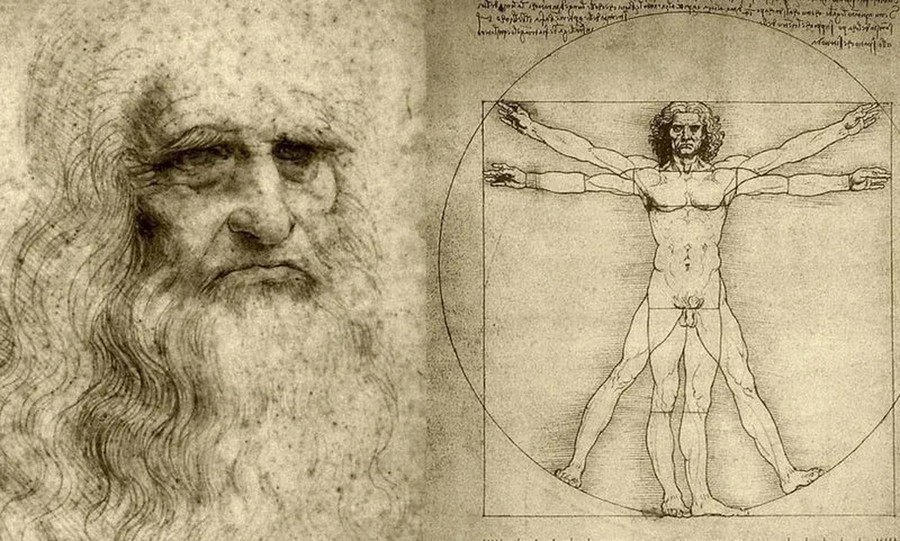Archaeologists Discover Well-Preserved Marble Statue of Hermes in Ancient Roman Sewer
The marble statue was uncovered by archaeologists amid the remains of the ancient city of Heraclea Sinitica, near the village of Rupite, Bulgaria.
Spasiyana Sergieva/Reuters
Bulgarian archaeologists have made an extraordinary find this week, unearthing a remarkably well-preserved marble statue of the Greek god Hermes during an excavation in an ancient Roman sewer.
The statue, standing at 6.8 feet (2 meters) tall, was discovered in the ruins of the ancient city of Heraclea Sintica, located in southwestern Bulgaria near the Greek border. The excavation team, led by Lyudmil Vagalinski, believes the statue was placed in the sewer and covered with soil following a devastating earthquake around A.D. 388, which accounts for its excellent condition.
Archaeologists pictured with the statue, which was covered with soil in an ancient Roman sewer.
Spasiyana Sergieva/Reuters
“The statue’s head is intact, and it remains in very good condition despite a few fractures on the hands,” said Vagalinski, noting that the statue is a Roman copy of an ancient Greek original.
Heraclea Sintica, a significant urban center founded by the Macedonian king Philip II between 356 B.C. and 339 B.C., flourished until it was severely damaged by the earthquake. Archaeologists suggest that the city's residents sought to preserve the statue despite the shift towards Christianity, which had become the official religion of the Roman Empire by that time.
“Although pagan worship was forbidden, it appears that the inhabitants still cared for their old deities,” Vagalinski explained.
Following the earthquake, Heraclea Sintica quickly declined and was abandoned by around A.D. 500.
Related Video: Related video: Excavation at Pompeii reveals new Roman paintings








